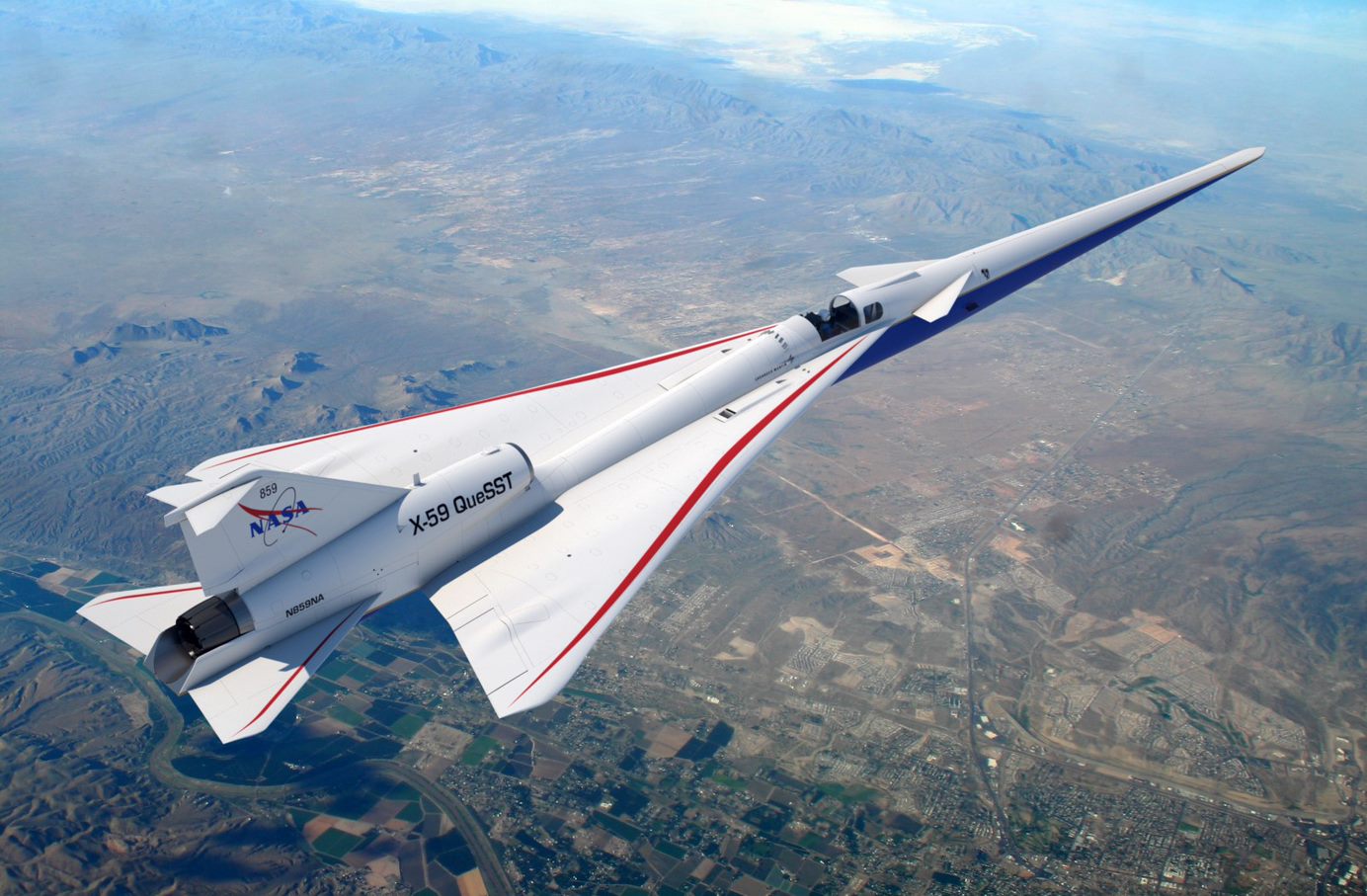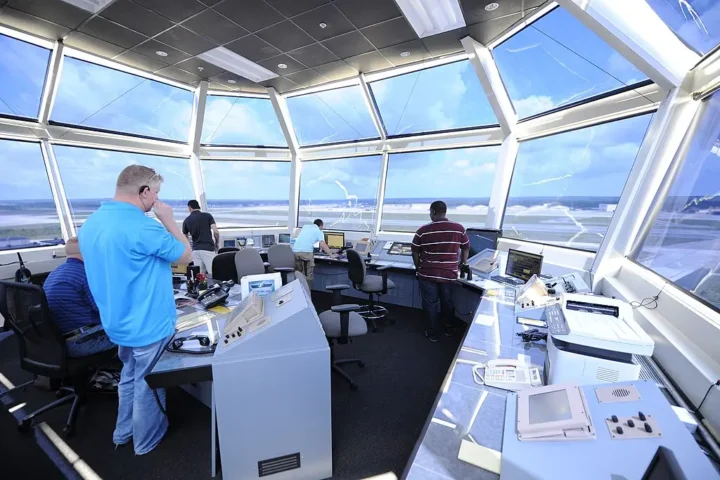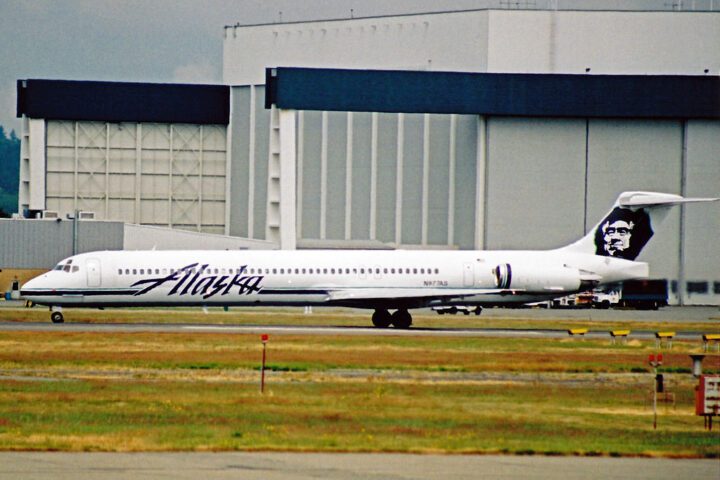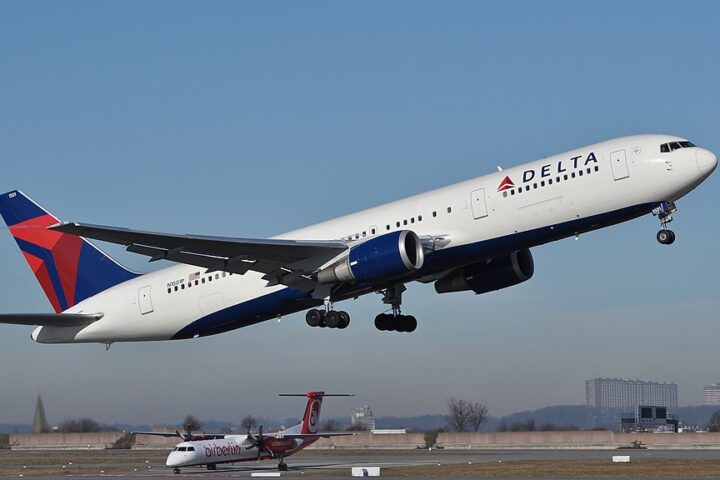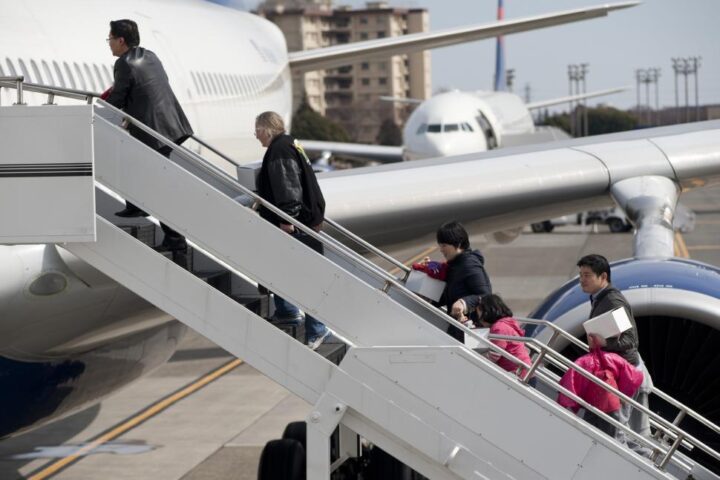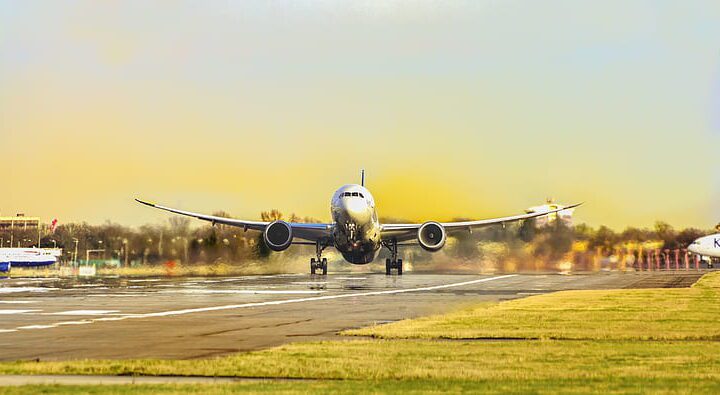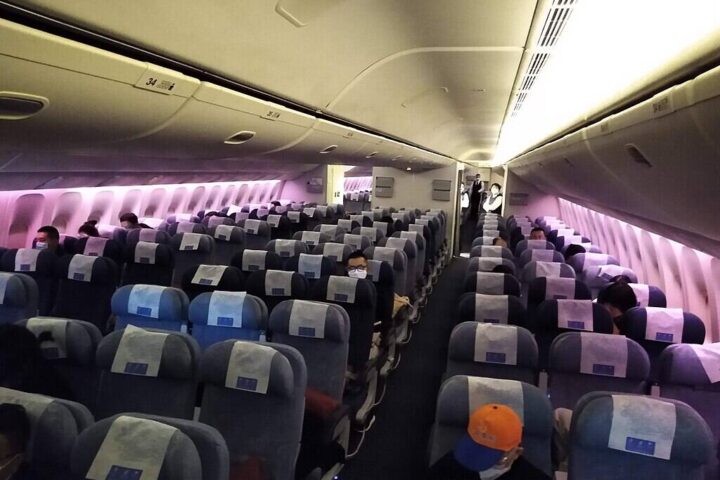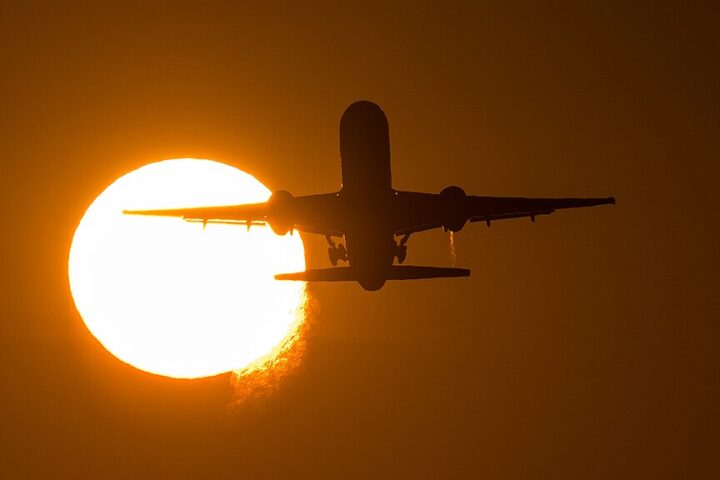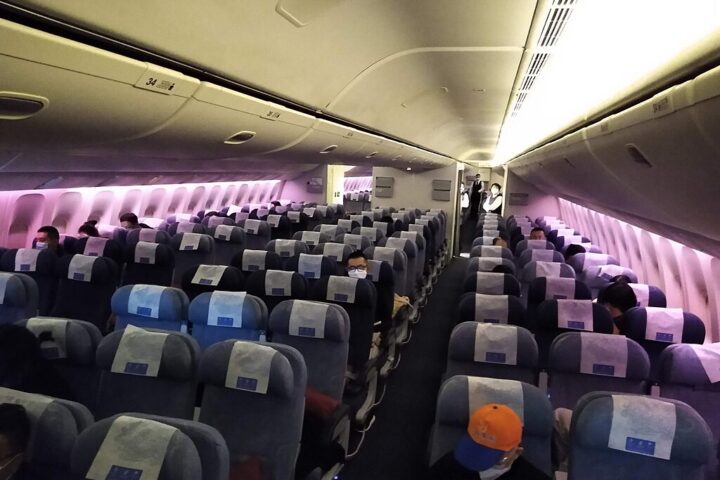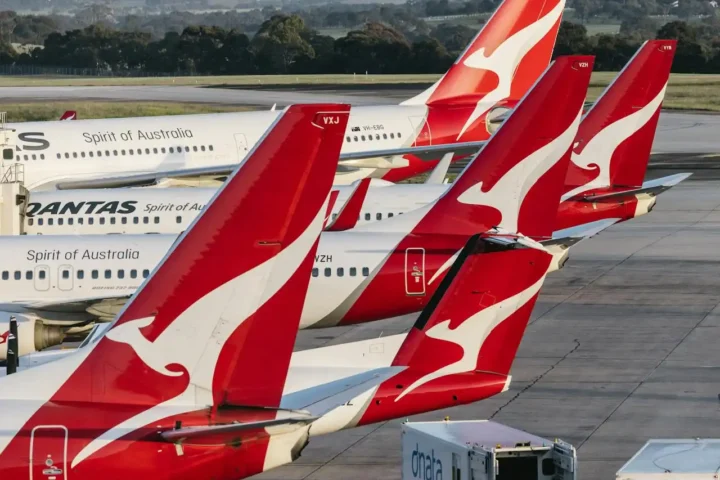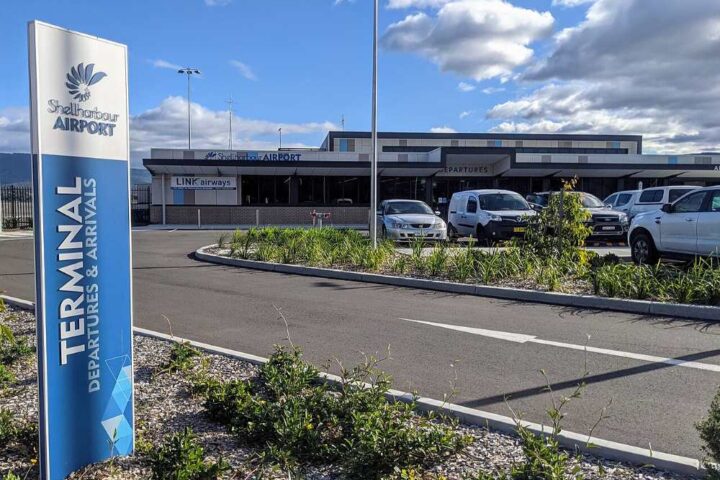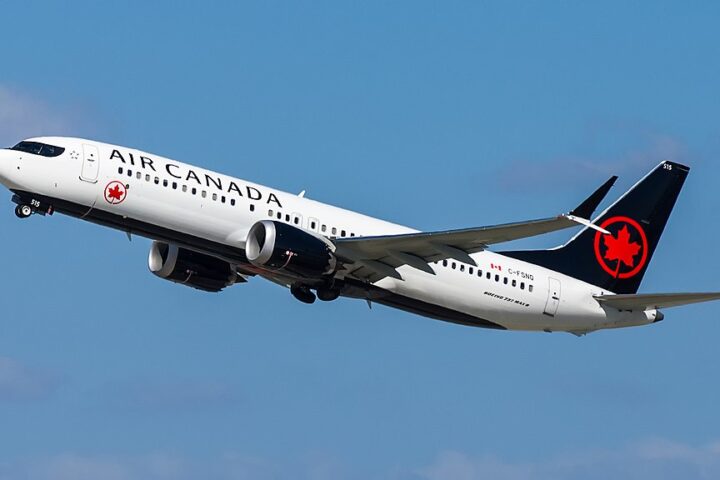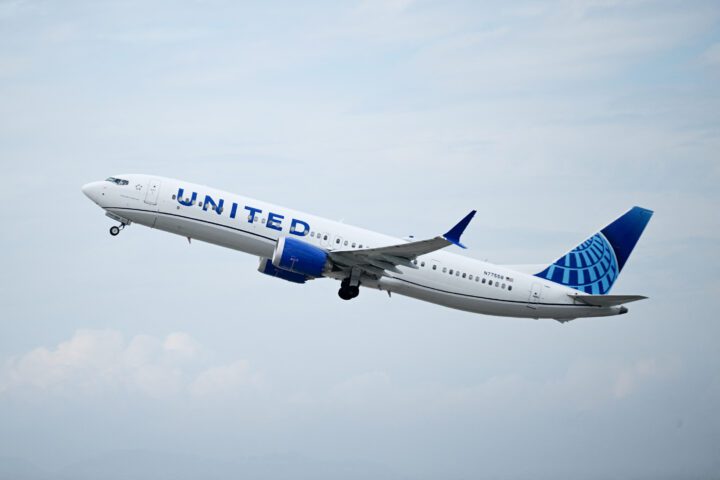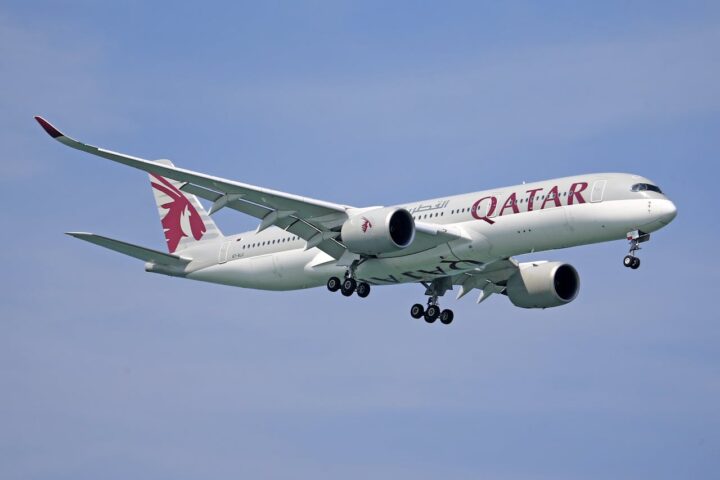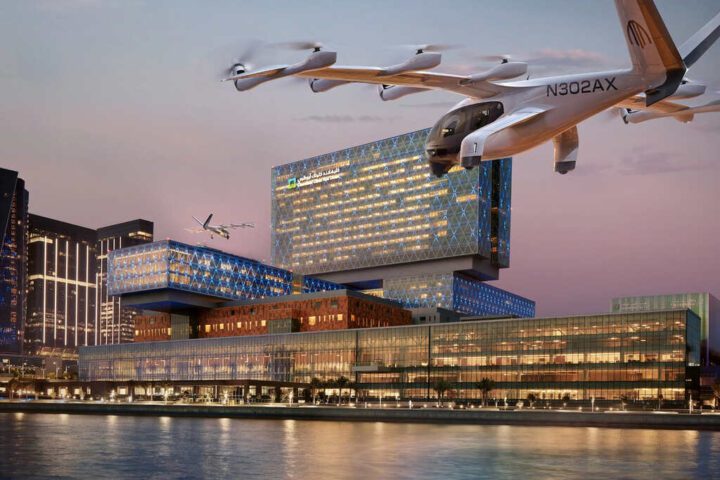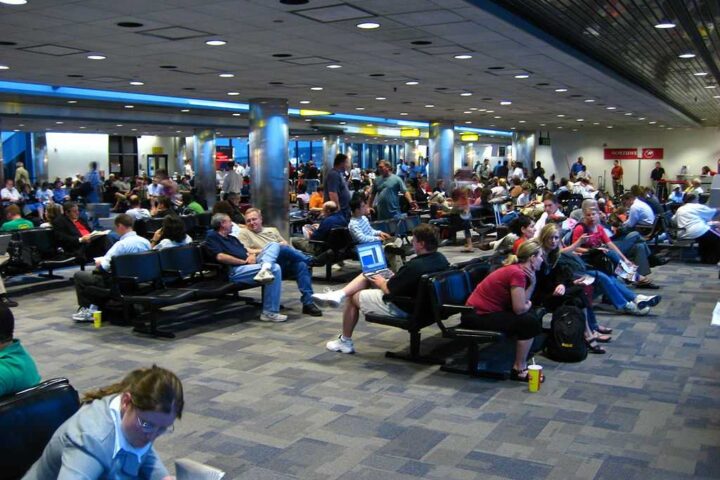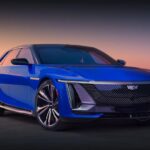A bipartisan group of lawmakers introduced the Supersonic Aviation Modernization Act (SAM) on May 14, 2025, hoping to end a 52-year ban on supersonic flights over U.S. land. The change could significantly reduce flight times on many routes, as Boom Supersonic claims its aircraft could slash typical flight times by up to half.
Senator Ted Budd (R-NC), who introduced the bill, says America needs this change to stay competitive in aviation technology, particularly against China. “The race for supersonic dominance between the U.S. and China is already underway and the stakes couldn’t be higher,” Budd notes.
The current ban, dating back to 1973, stopped supersonic passenger flights because of their thunderous sonic booms that rattled windows and disturbed communities. But new technology might solve this old problem.
Earlier this year, Boom Supersonic’s test aircraft XB-1 proved it could break the sound barrier without creating the typical loud boom. Blake Scholl, Boom’s founder, says this shows it’s time for change: “Supersonic flight without an audible sonic boom should obviously be allowed. The ban has held back progress for more than half a century.”
Similar Posts
The bill requires any supersonic flights to be virtually silent from the ground. The Federal Aviation Administration (FAA) would have one year to update its rules if the bill passes.
Beyond noise concerns, environmental experts point to other challenges. Supersonic planes burn more fuel than regular aircraft because they need extra power to fly faster. This means they produce more emissions per passenger. Airlines would need to balance faster travel times against higher fuel costs and environmental impact.
The bill has attracted support from both parties. Co-sponsors include Senators Thom Tillis (R-NC), Mike Lee (R-UT), Tim Sheehy (R-MT), and Representative Sharice Davids (D-KS). The National Business Aviation Association has also backed the legislation.
For North Carolina, the bill could boost local jobs. Boom Supersonic is building a $500 million factory in Greensboro that promises to employ over 1,700 people by 2030. The company plans to start flying passengers by 2029 on more than 600 routes worldwide.

NASA is also working on quiet supersonic technology through its X-59 aircraft project, which will gather data on how communities react to the quieter sonic “thumps” to inform future regulatory decisions.
If passed, this bill could mark the return of supersonic travel over American soil. But success depends on proving that faster flights won’t come at the cost of noisy skies or excessive environmental harm.
